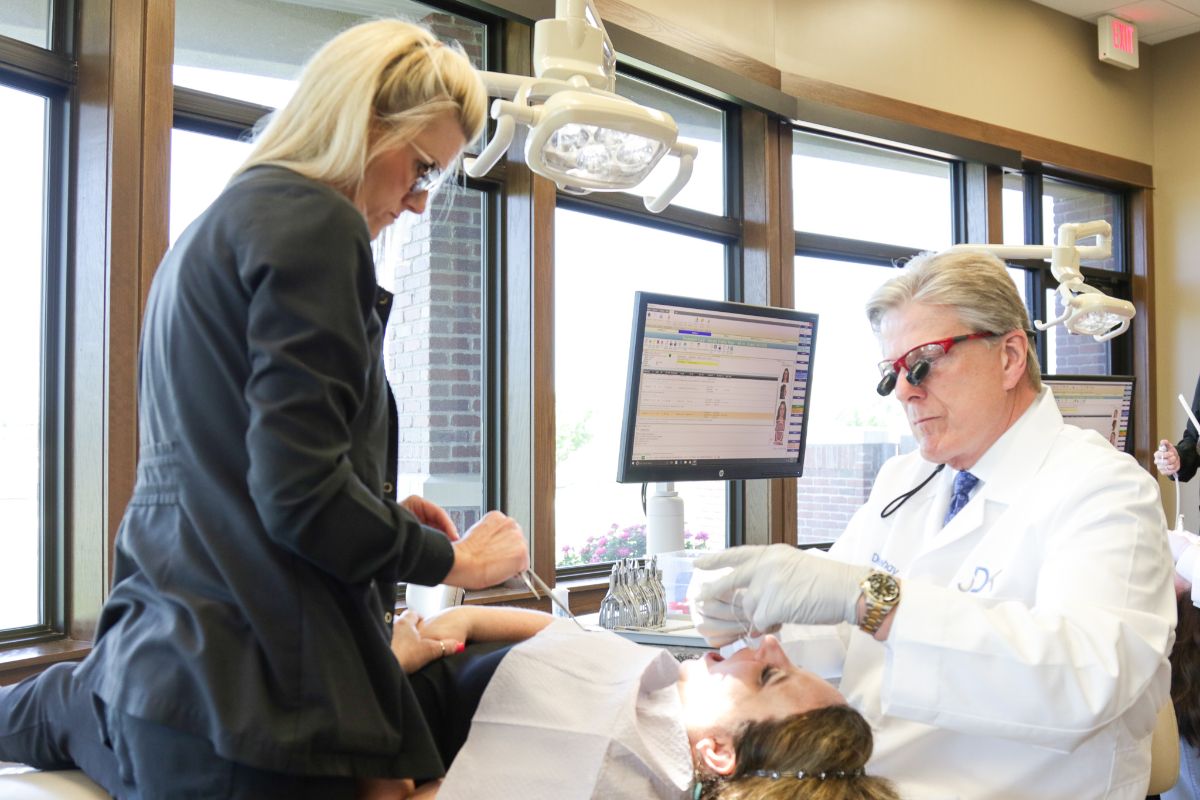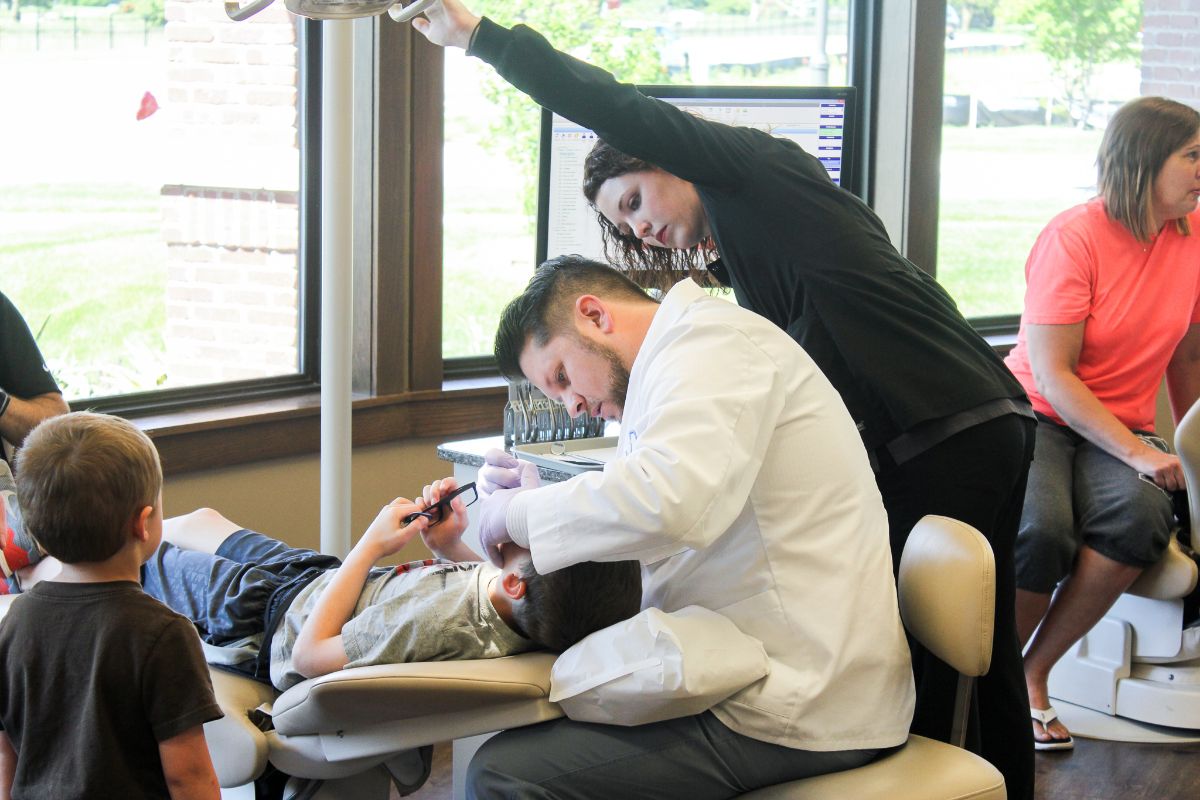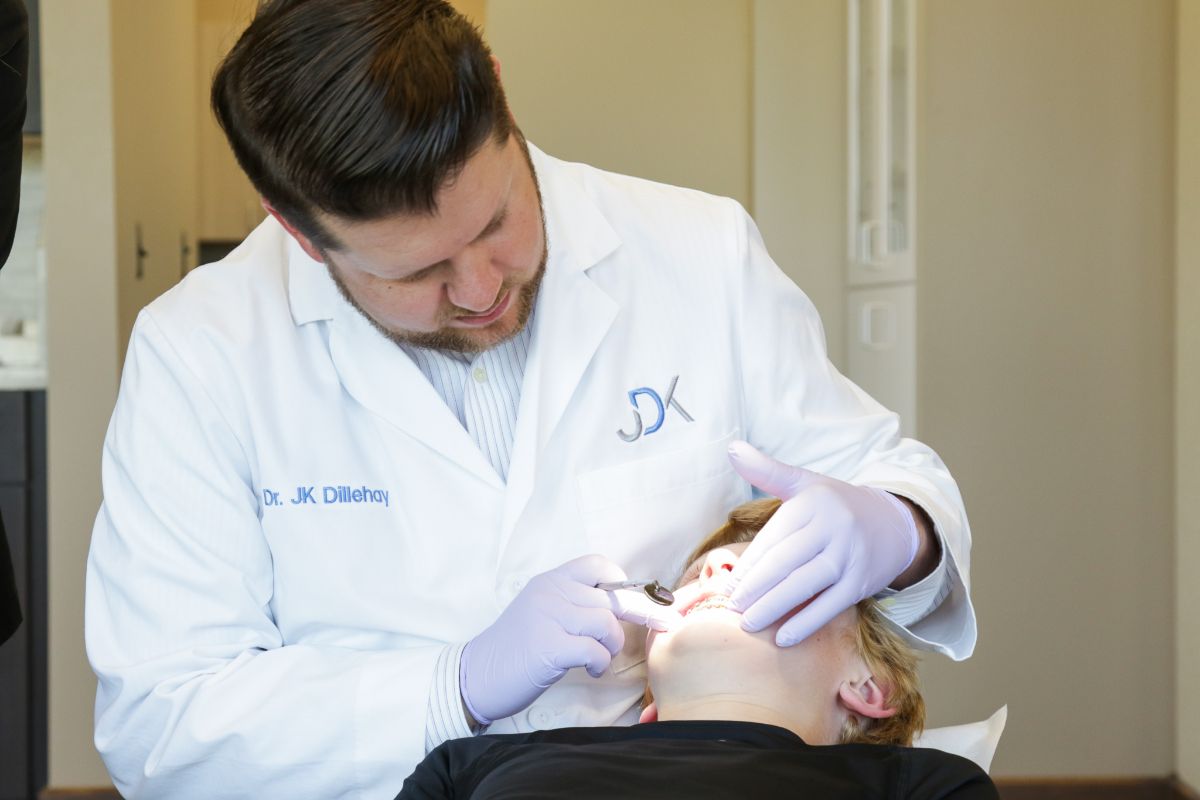In recent years, we’ve seen a number of new technologies and treatment methods emerge in the orthodontics field. As impressive and efficient as they are, traditional braces are still one of the best tools we have when it comes to creating straighter, healthier smiles for patients of all ages. Today’s braces are a far cry from earlier designs, with far more options, and patients now enjoy a more comfortable and affordable version that can be customized to fit any lifestyle. As a long-lasting, cost-effective solution for improving oral health and straightening smiles, you can’t beat braces! There’s a reason why they are the top orthodontic treatment year after year.
If you’ve recently made the decision to move forward with braces treatment here at Dillehay Orthodontics, congratulations! Our team is excited to work with you to improve your oral health and achieve a beautiful smile. We take the trust you’ve placed in us seriously, and want you to feel confident in the choice you’ve made to pursue orthodontic treatment with our practice. We know that braces are a big investment on multiple levels, and you may have some questions or concerns before beginning your treatment. This is especially true if you aren’t sure what to expect from the process!
In order to help you feel more comfortable with your upcoming orthodontic journey, our team has put together a guide to help you learn everything you need to know before getting your braces put on. Let’s take a closer look at what braces actually are, how they work to straighten your teeth, and what you can do to get the most out of yours!
What are braces made of?
To understand how braces work, it helps to know more about what they’re composed of. There are a number of moving parts involved in aligning your teeth with braces, so we’ll just go over some of the most important ones below.
Brackets
Brackets are the part of braces that we attach directly to your teeth. They’re typically made from a mix of stainless steel, nickel, ceramic, or other high-quality materials, so they’re very durable. Brackets have tiny hooks or doors over which the wire is threaded, and are secured by closing the door or by applying an elastic over the top of the wire.
Glue
Tooth glue is technically a form of the same composite bonding material that we use for tooth-colored fillings or sealants. This adhesive is used to attach the brackets to the teeth. In some cases, we may use metal bands on the back teeth in conjunction with the glue to give braces more leverage and stability.
Wire
This thin piece of metal runs from one bracket to another, and the changes in its shape and curvature are what prompt the teeth to move where we want them to go. With some patients, the wire will attach all the bottom or upper teeth together. For others, we may choose to cut the wire strategically if connecting only a few teeth makes more sense for the treatment plan.
Elastics
Most patients will need elastics at some point in their treatment plan, but they’re especially important for patients in need of bite correction. The elastics are usually strung between an upper bracket hook and a lower bracket hook, pulling the upper teeth backwards to correct an overbite, or the lower teeth backwards to correct an underbite. We use rubber bands for many different situations, but they can be especially useful for bringing the upper and lower teeth together successfully.
Orthodontic bands
These stainless steel rings are cemented to the teeth using dental bonding agents to provide an anchor for braces and other orthodontic appliances. We won’t need to use them with every patient.
How do braces work?
The first step in the orthodontic process is your treatment plan, which one of our doctors will customize for you after your initial exam. This plan will include information on how each tooth needs to be moved in order to reach the most optimal position. Using this information as a guide, Dr. Dillehay or Dr. J.K. will place the brackets directly onto your teeth. Once they’ve been attached, the wire will be inserted. We use bends in the wire to encourage specific and precise movements, with each bend providing a different type of pressure on different teeth. This process of tooth movement is called remodeling, and it involves minor changes in the bone that surrounds the roots of teeth.
As the braces begin to put pressure on the tooth, cells called osteoblasts and osteoclasts will start forming around the tooth’s root. The pressure of the wire then works with these osteoblasts and osteoclasts to create a negative pressure on one side of the tooth. At this site, bone is removed. On the other side of the tooth, bone is reformed. This pressure, removal, and reforming is what slowly moves each tooth into the desired position, straightening your smile over time.
This remodeling process can only continue as long as constant pressure is put on the teeth. Once your braces are removed, that pressure stops and your teeth will begin to settle into their new positions. However, most teeth will eventually start to drift back to their old positions if there’s not some sort of pressure holding them in place. That’s why you’ll hear us talk so much about the importance of retainers! You’ll be given one as soon as your braces come off, and it’s essential to wear it exactly as directed. Your retainer is what will keep your new smile in place and prevent any natural drifting from occurring.
Caring for your braces
Dental hygiene with braces can be a bit of a learning curve, but with patience and practice, you’ll be brushing and flossing like a pro in no time!
We recommend brushing your teeth thoroughly at least two times each day with fluoride toothpaste, especially after eating and before bed. You should always pay careful attention to the areas between the brackets and gums, and be sure to carefully clean in between the wires and teeth. If you have trouble with these hard-to-reach areas, an interdental brush can be helpful in removing any leftover food debris and plaque.
Flossing should be done at least once per day, preferably before bedtime so that you can take your time and do it correctly. Some patients find it hard to floss effectively with regular dental floss while wearing braces, but it’s an important part of oral care that you shouldn’t skip. Instead, try using a floss threader or oral irrigator like a Waterpik to help remove food particles and plaque. Just remember that supplemental tools should never take the place of your regular brushing and flossing routine.
Food restrictions for braces patients
Food restrictions can be frustrating, but they’re necessary to protect both your braces and your teeth during treatment. Throughout the treatment process, you’ll need to avoid anything that’s too crunchy or too chewy, including things like chips, ice, gum, some raw fruits and veggies, popcorn, and many types of candy.
Fortunately, food restrictions are only temporary. Stick with them and keep your treatment on track! It will be worth it when we remove your braces and you see your new smile for the very first time.
Treatment times vary from patient to patient
Every smile we treat is unique, and each patient will respond to treatment in their own way. That’s why there’s no “one size fits all” answer when it comes to treatment times. Several factors come into play, including what your specific needs are, the severity of your case, and your level of compliance. On average, however, the active stage of orthodontic treatment with braces tends to last anywhere from 6-24 months. This may be longer or shorter for you, depending on your particular case.
The smile you deserve is waiting for you at Dillehay Orthodontics
If you haven’t yet made the decision to seek orthodontic treatment, we encourage you to schedule a complimentary consultation with one of our offices. We’d love to meet you and share more about how orthodontics could benefit your smile, so give us a call today and let’s get started!


